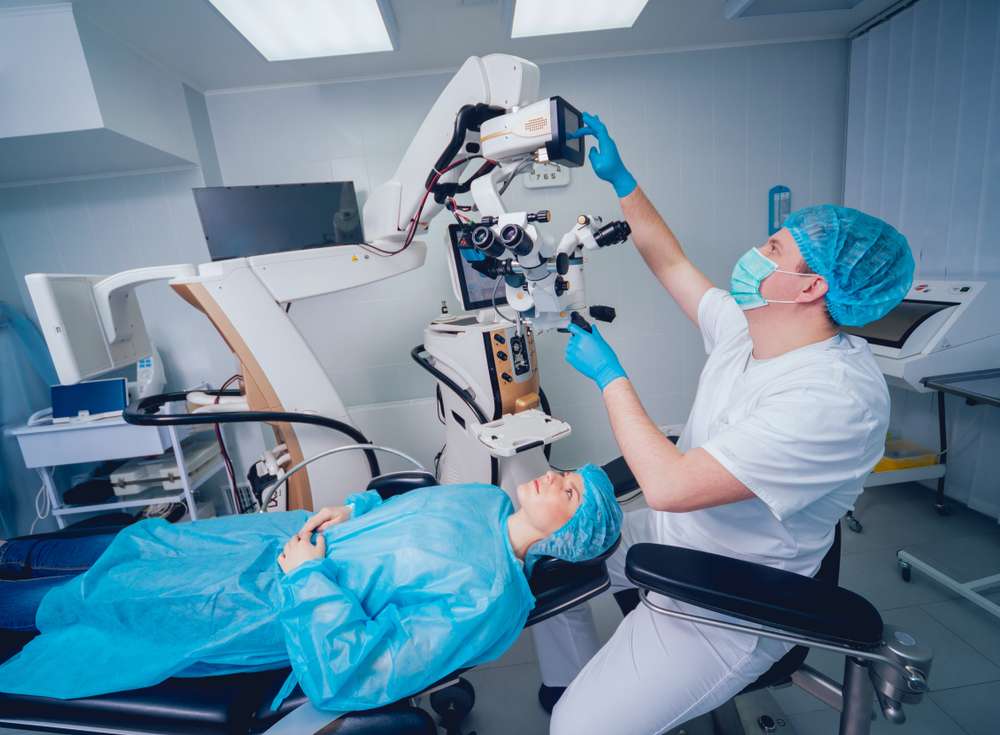Revolutionizing Healthcare: The Rise of Robotic Surgery Machines in Modern Medicine
Robotic surgery machines are transforming the landscape of modern medicine by combining advanced technology with surgical precision. These innovative systems allow surgeons to perform complex procedures with greater accuracy, minimal invasiveness, and faster patient recovery times. From delicate cardiac operations to intricate orthopedic surgeries, robotic-assisted techniques are enhancing outcomes, reducing complications, and setting new standards for patient care. As technology continues to evolve, surgical robots are poised to become an integral part of healthcare, redefining the way surgeries are performed worldwide.

How Robotic Surgery Works: Technology Behind the Precision
Robotic surgical systems operate through a master-slave configuration where surgeons control robotic arms from a specialized console. The surgeon sits at a control station, viewing a high-definition, three-dimensional image of the surgical site while manipulating hand controls that translate their movements to robotic instruments inside the patient. These instruments feature multiple joints that can rotate and bend far beyond human wrist capabilities, allowing for precise movements in tight spaces.
The robotic arms hold specialized surgical tools, including cameras, scalpels, forceps, and other instruments designed for specific procedures. Advanced software filters out hand tremors and scales down large hand movements into micro-precise motions inside the patient’s body. The system also provides tactile feedback, allowing surgeons to feel resistance and texture during procedures, though this technology continues to evolve.
Advantages of Robotic-Assisted Surgery: Safety, Accuracy and Recovery
Robotic-assisted surgery offers numerous benefits over traditional open surgery and even some laparoscopic procedures. Patients typically experience smaller incisions, reduced blood loss, and decreased risk of infection. The precision of robotic instruments minimizes damage to surrounding healthy tissue, leading to less post-operative pain and scarring.
Recovery times are often significantly shorter with robotic surgery. Many patients can return home the same day or after a brief hospital stay, compared to weeks of recovery required for traditional open surgery. The enhanced visualization provided by robotic systems allows surgeons to see anatomical structures in greater detail, improving surgical outcomes and reducing complications.
For surgeons, robotic systems reduce physical strain and fatigue during lengthy procedures. The ergonomic console design allows for better posture and reduces the risk of repetitive stress injuries common in traditional surgery. The technology also enables complex procedures that might be extremely difficult or impossible to perform using conventional techniques.
Challenges and Future Prospects of Surgical Robotics
Despite significant advantages, robotic surgery faces several challenges that impact widespread adoption. The learning curve for surgeons can be steep, requiring extensive training and certification before operating independently. Hospital staff must also receive specialized training to assist with robotic procedures effectively.
Technical limitations still exist in current robotic systems. Haptic feedback, while improving, remains less refined than natural touch sensation. System malfunctions, though rare, can require immediate conversion to traditional surgical methods. Additionally, not all surgical procedures are suitable for robotic assistance, limiting the technology’s application scope.
The future of surgical robotics looks promising with ongoing developments in artificial intelligence integration, improved haptic feedback systems, and miniaturization of components. Researchers are working on autonomous robotic functions that could assist with routine surgical tasks while maintaining surgeon oversight. Remote surgery capabilities are also being explored, potentially allowing expert surgeons to operate on patients in different geographic locations.
| System | Manufacturer | Key Features | Estimated Cost Range |
|---|---|---|---|
| da Vinci Xi | Intuitive Surgical | Multi-quadrant access, integrated imaging | $1.5 - $2.5 million |
| MAKO SmartRobotics | Stryker | Orthopedic focus, CT-based planning | $1.0 - $1.5 million |
| ROSA Robot | Medtech | Neurosurgery specialization, precise positioning | $800k - $1.2 million |
| Versius | CMR Surgical | Modular design, portable components | $500k - $800k |
Prices, rates, or cost estimates mentioned in this article are based on the latest available information but may change over time. Independent research is advised before making financial decisions.
The implementation costs extend beyond initial equipment purchase. Hospitals must factor in annual maintenance contracts, instrument replacements, and ongoing training expenses. Operating costs per procedure can range from $1,500 to $4,000 depending on the complexity and duration of surgery.
Market expansion continues as more manufacturers enter the robotic surgery space, potentially driving down costs and increasing innovation. Competition has led to more specialized systems targeting specific surgical disciplines, from orthopedics to neurosurgery and cardiac procedures.
The integration of robotic surgery systems requires careful consideration of institutional needs, surgeon expertise, and patient populations. Hospitals must evaluate return on investment based on procedure volumes, improved outcomes, and potential for attracting patients and skilled surgeons.
Robotic surgery represents a paradigm shift in modern healthcare, offering tangible benefits while presenting unique challenges. As technology continues advancing and costs decrease, these systems will likely become more accessible to healthcare facilities worldwide, ultimately improving surgical outcomes and patient care across diverse medical specialties.
This article is for informational purposes only and should not be considered medical advice. Please consult a qualified healthcare professional for personalized guidance and treatment.




